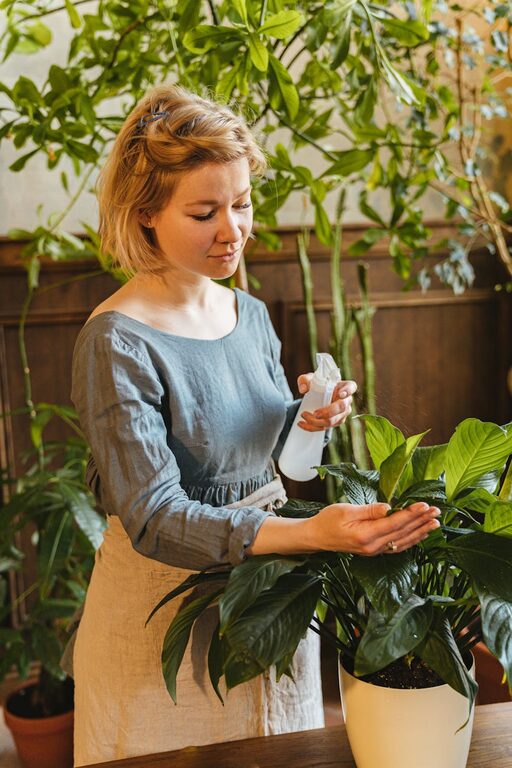Bringing houseplants into your home adds a refreshing touch of nature, improves air quality, and creates a calming atmosphere. However, ensuring that your indoor plants stay healthy and thrive can sometimes feel like a challenge, especially if you’re new to plant care. This guide offers practical tips to help you keep your houseplants flourishing with minimal fuss.
Understanding Your Houseplant’s Needs
Know Your Plant Type
Each houseplant species has its unique requirements regarding light, water, soil, and humidity. Start by identifying the specific type of your plant. Whether it’s a succulent, fern, or flowering plant, understanding its natural environment helps you replicate those conditions at home.
Light Requirements
Light is one of the most crucial factors for plant health. Some plants enjoy bright, indirect light, while others may tolerate low-light conditions or direct sunlight. For example:
– Succulents and cacti: Prefer bright, direct light.
– Peace lilies and pothos: Thrive in lower light.
– Ferns: Usually need indirect, filtered light.
Place your plants near windows that match their light needs, but avoid harsh midday sun that can scorch their leaves.
Watering Wisely
Avoid Overwatering
Overwatering is a common mistake that can lead to root rot. Most houseplants prefer the soil to dry out slightly between watering sessions. Check the soil moisture with your finger or a moisture meter before watering.
Use the Right Watering Method
Water your plants thoroughly until water drains out of the bottom of the pot. Discard any excess water from the saucer to avoid waterlogging. For plants that like humidity, misting or using a pebble tray with water can be beneficial.
Adjust Watering by Season
Plants often require less water during their dormant periods, usually in fall and winter. Be mindful to adjust your watering schedule accordingly.
Soil and Fertilizing Insights
Choose the Appropriate Soil
Use potting soil formulated for your specific plant type. Succulents need well-draining, gritty soil, while tropical plants often prefer richer, moisture-retentive soil mixes.
Fertilize Moderately
Feed your houseplants with a balanced, water-soluble fertilizer during the growing season (spring and summer). Follow label instructions carefully to avoid over-fertilizing, which can harm the plant.
Maintaining Proper Humidity and Temperature
Keep Humidity in Check
Many tropical plants thrive in higher humidity. If your home is dry, especially during colder months, consider using a humidifier or grouping plants together to create a microenvironment with higher humidity.
Maintain Consistent Temperatures
Most houseplants prefer temperatures between 65°F and 75°F (18°C to 24°C). Avoid placing plants near drafts, heaters, or air conditioners that can cause temperature fluctuations.
Routine Plant Care and Troubleshooting
Clean Your Plants
Dust can block sunlight and reduce photosynthesis. Gently wipe leaves with a damp cloth or give your plants a mild shower every few weeks to keep leaves clean.
Prune Regularly
Remove dead or yellowing leaves to encourage new growth and prevent disease. Some plants also benefit from occasional trimming to maintain shape and size.
Watch for Pests
Common pests include spider mites, aphids, and mealybugs. Detect infestations early by checking leaves regularly. Treat pests promptly with insecticidal soap or natural remedies like neem oil.
Repot When Needed
Repot your plant every 1–2 years or when it outgrows its pot. Choose a container slightly larger than the current one with drainage holes to promote healthy root growth.
Creating the Right Environment for Growth
Rotate Your Plants
Rotate your plants every week or so to ensure even light exposure, preventing them from leaning or growing unevenly.
Use Growth Supplements
Plant growth boosters like seaweed extract or compost teas can enhance growth but use them sparingly and as recommended.
—
Final Thought
Caring for houseplants is both an art and a science that becomes easier with practice. By paying attention to your plant’s specific needs and maintaining a consistent care routine, you can enjoy the beauty and benefits of lush indoor greenery all year round. Happy planting!

